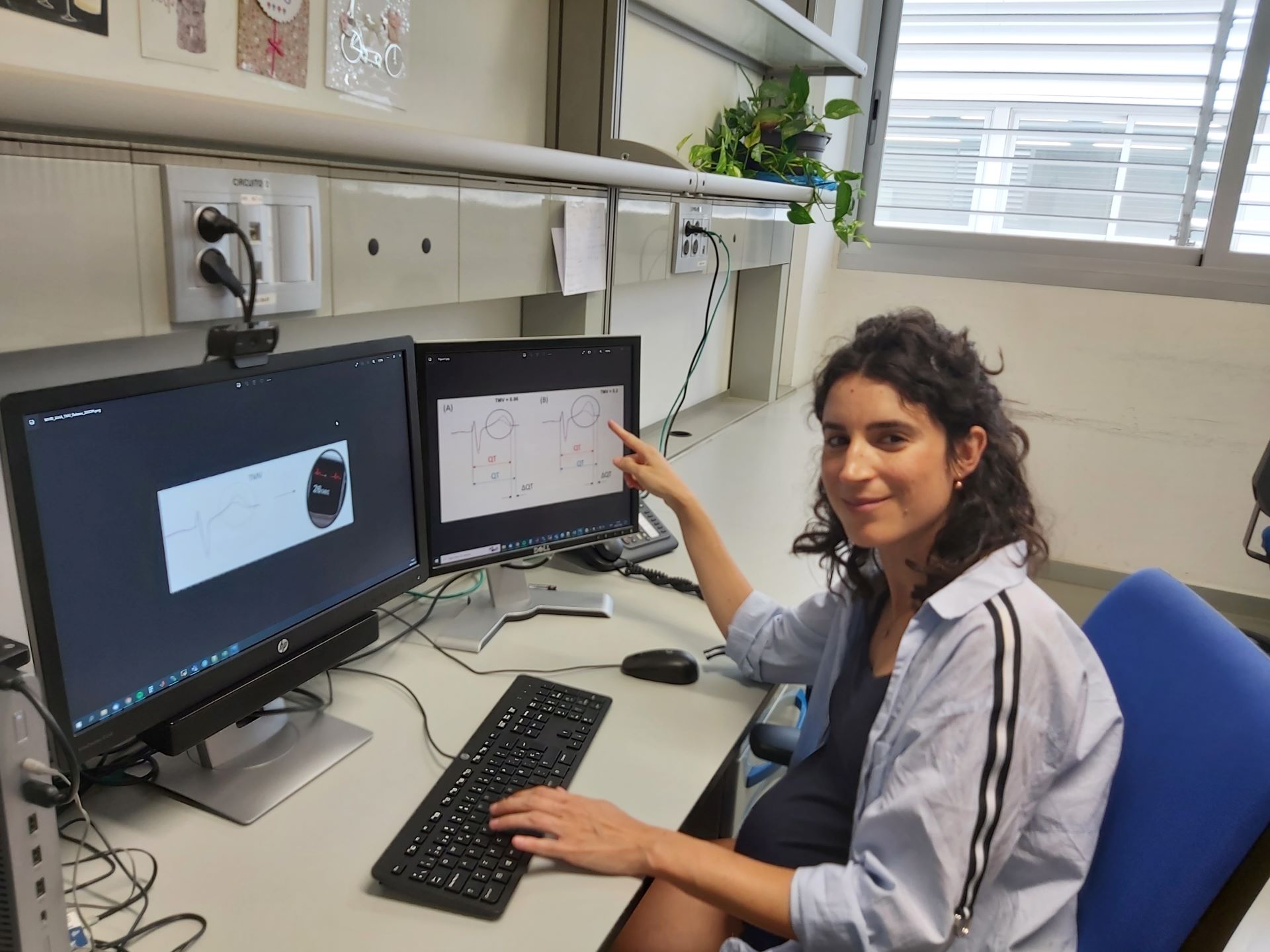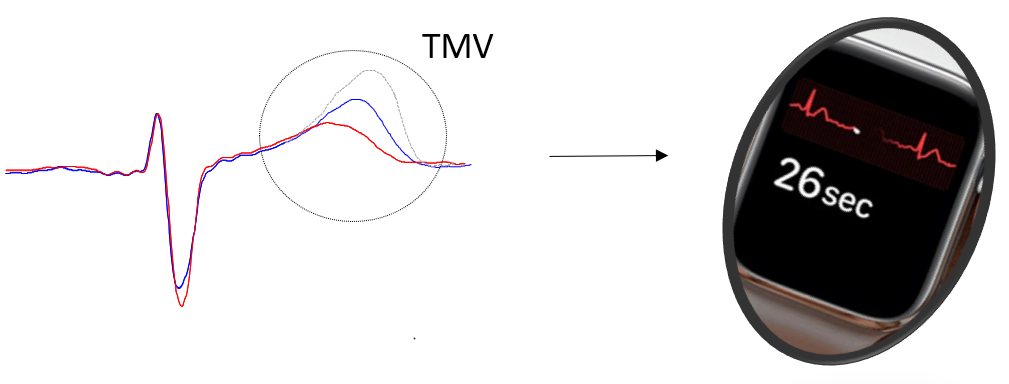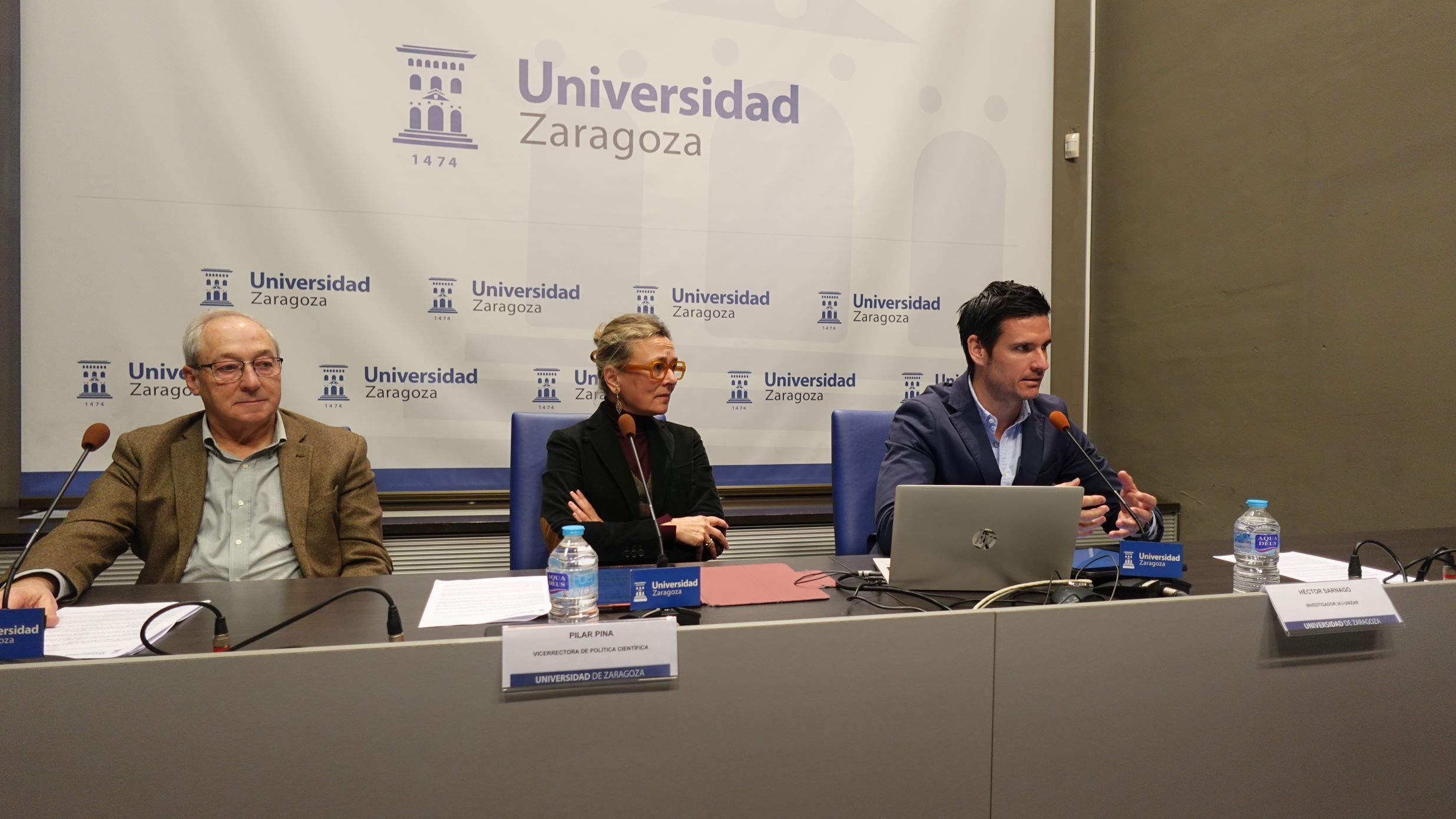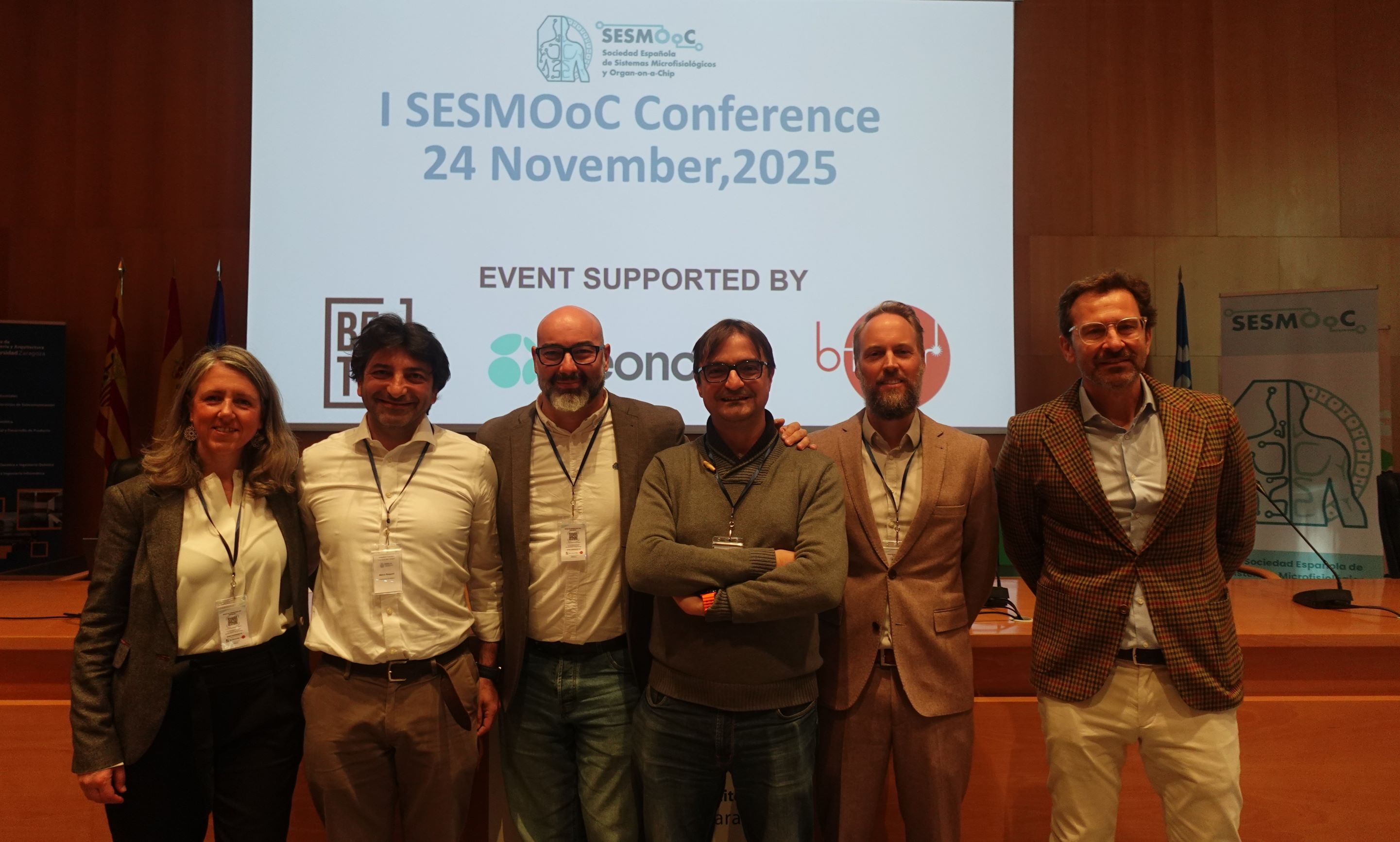
Sudden cardiac death is the unexpected and sudden death - occurring within an hour of the onset of symptoms - of an apparently healthy person who 24 hours before the cardiac event was well. Although there are no official records, it is estimated that there are 30,000 new cases of sudden cardiac death in Spain each year, according to data from the Spanish Society of Cardiology.
The scientific community is increasingly aware of this problem and, in recent years, has mobilised to raise awareness of the situation and to take action to improve prevention and care of cardiac arrest, the leading cause of sudden death.
A new study, published in the Journal of the American Heart Association, specifically associates variations in one of the indices measured on the electrocardiogram (ECG) with sudden cardiac death. This has been made possible by the development of a new algorithm created specifically to identify the risk of sudden cardiac death, as existing algorithms did not distinguish it well from other causes of death.
Furthermore, this algorithm is simple to measure, requiring only a resting ECG, whereas other sudden death specific algorithms require specific tests and are therefore not as easy to use in clinical practice.
The research work focuses on the shape of one of the ECG waveforms, called the T-wave, and for the first time, the changes of this shape in a resting patient have been evaluated in comparison to an electrocardiogram of a healthy person.
This is one of the main results of the work carried out by Julia Ramírez, a researcher at the Aragon Institute for Engineering Research (I3A) of the University of Zaragoza, at Queen Marie University of London, where she was thanks to a Marie Skłodowska-Curie grant, and also in collaboration with University College London and the University of Oulu.
This ECG index detects T-wave morphological variations and has a higher predictive value for sudden death than others, but it is also easier to apply clinically and therefore easier to use in clinical practice than other tests.
"The algorithms developed so far were too complex. For example, ECG acquisition had to be done at a time when the person had changes in heart rhythm, as well as using different ECG measurement settings. It was too complex to be applied on a large scale in the population," explains Julia Ramírez, first author of the recently published paper, whose work she presented at the European Society of Cardiology Congress in August.
In this article, they propose a way to adapt this algorithm, developed by Julia Ramírez in her doctoral thesis in the BSiCoS (Biomedical Signal Interpretation and Computational Simulation) research group at the I3A. When she was doing her postdoctoral stay at Queen Mary University of London, she proposed this adaptation to simplify it and use it on a single heartbeat, with a single ECG lead, which can be obtained in 10 seconds at rest, and has now been shown to predict the risk of sudden death.
62,000 people assessed
To do this, they used data from the UK Biobank, which includes genetic and health information from more than half a million participants, from which they evaluated 60,000 people with no apparent risk, aged between 45 and 70 years. In addition, a second group, from the ARTEMIS study, with 2,000 Finnish people with coronary heart disease, with an average age of 65 years, analysed in a blinded way without knowing a priori the data of those patients who could have had a sudden death.
In both population groups, the proposed index was specifically associated with risk of sudden cardiac death. "These findings indicate a strong potential, as their algorithm could also be easily integrated into smartwatches and mobile devices and detect these variations in the T-wave ECG," explains the I3A researcher.
He underlines "the importance of the impact of these results, because it allows a simple and cost-effective diagnostic method to stratify the early risk of people at risk of sudden cardiac death. We are now actively seeking additional cohorts of patients and different ancestries to validate them".
To continue this research line, he has a Ramón y Cajal contract. Among the questions he wants to continue to study in depth is that part of the subclinical disease that has not been diagnosed, "we know that sudden death occurs suddenly, without diagnosed symptoms. This index measures those underlying conditions that may not be normal but have not yet manifested themselves, there is no sign that has made you go to the hospital for a specific test". In addition, he will work to see "how sensitive this index is to different subtypes of causes of sudden death, whether it can more easily detect a genetic cause or other types of heart problems".


About the Electrocardiogram and the T-wave
The ECG signal reflects the electrical activity of the heart and the T wave morphology reflects the repolarisation (return to rest, after beating) of the ventricles. A higher VMT index value indicates greater electrical heterogeneity in the ventricles and a greater susceptibility to malignant ventricular arrhythmias and sudden cardiac death.
What does this research contribute?
- A novel index, which quantifies abnormal morphological variations of the single beat T-wave on a single-lead ECG, relative to a reference of normality.
- T-wave morphological variations from a normal reference is the only ECG marker associated with life-threatening ventricular arrhythmias in individuals without cardiovascular disease, and is strongly associated with sudden cardiac death in patients with coronary artery disease regardless of QT interval and left ventricular ejection fraction.
- Morphological variations of the T wave from a normal reference are not associated with death from any cause other than sudden cardiac death.
Research paper
“Las variaciones morfológicas de la onda T del ECG predicen el riesgo de arritmia ventricular en poblaciones de riesgo bajo y moderado”. Ramírez J. et al, Journal of the American Heart Association.
The study was conducted by the "Electrogenomics Group", a joint collaboration of researchers from Queen Mary University of London (Julia Ramirez, Patricia Munroe and Andrew Tinker) and UCL (Stefan van Duijvenboden, Michele Orini and Pier Lambiase), together with researchers from the University of Oulu (Antti Kiviniemi, Juhani Junttila, Juha Perkiomaki and Heikki Huikuri).




